Growing Great GarlicGarlic is one of my favorite plants to grow, mostly because it is very easy to maintain and I love to cook with garlic. Like many bulbs it is best planted in the fall, however you can also plant in the spring, the bulbs just may not grow as big. Growing garlic is easy and requires minimal upkeep. As long as you keep weeds down with mulch you can plant it and forget it. It is also insect-resistant, disease-resistant, and deer-resistant which is a huge plus. Home-grown garlic also tastes much better than store-bought which may be months old. Home-grown bulbs and cloves are often twice the size of those in the stores. Most garlic does keep well however, so there is nothing wrong with storing it in a cool dry place and using it months later. I've even heard of dicing it and freezing it although I have not tried it myself. As an added bonus, if you grow garlic that produces scapes you can harvest the scapes and use them in some great recipes. My favorites are garlic scape soup, scape pesto, and grilled scapes (see below for pictures). You can also use them as a substitute for regular garlic in any recipe. Fresh Cut Garlic ScapesCut scapes when they begin to straighten out. If you wait too long they will become woody. Grilled Garlic ScapesGrilled scapes were, surprisingly, my favorite way to prepare them. We drizzled them with olive oil, added salt and pepper and skewered them on a wooden skewer. Then grill them until they are tender. Delicious! Garlic Scape PestoThe garlic scape pesto is also very good. You make it very similarly to basil pesto. I used walnuts instead of pine nuts. The scapes are milder than the garlic bulbs so I did not find it too garlicky. I have used it on pasta and chicken both straight or half and half with regular basil pesto. Both are delicious! How to Plant GarlicUsually I try to plant my garlic in mid-October. This year I am a few weeks behind due to a couple of unexpected ER visits that eventually resulted in an urgent abdominal surgery. Now that my core muscles can take a little exercise I got my garlic planted ASAP. I hope it's not too late and the cloves can still get established before the ground freezes solid. Last year I planted my garlic in a raised bed with a high-quality soil, compost, and peat moss mix. It was the best garlic I have ever grown! Raised beds allow you to control the quality of your soil and also provide good drainage which was key this spring as we had 6-8" of rain above average over a 3-month period. Our onions that we planted in the ground simply rotted. Another important element is to buy good quality garlic and make sure it is compatible with your growing zone. Some garlic types (soft neck) do better in the south but will not overwinter well where I am in Zone 4. I have had the best luck with the hard neck varieties that overwinter well. You can buy garlic from many seed companies or even your local farmer's market. Step 1: Prepare the SoilThe first step is to prepare the soil for planting. Remove as many weeds as possible and loosen it up well. Step 2: Dig TrenchesDig trenches approximately 2-4 inches deep and about a foot apart. Step 3: Plant the GarlicBreak up your garlic bulbs into individual cloves and plant them root side down about 4-6" apart. Step 4: Add SoilCover the garlic cloves with 2-4" of loose soil. Step 5: MulchIf you live in the North you must cover them with a thick layer of mulch, usually 4-6". This will help the bulbs overwinter and can be removed or moved aside in the spring when the new plants start emerging. Most years I use leaves because they are readily available in the fall. This year I used the dead leaves and stems from our day lilies. I then usually continue to mulch, often with grass clippings, throughout the rest of the season. The garlic will start growing in the fall but then go dormant when the ground freezes. It generally will not emerge past the mulch layer. Last year we had an usually warm fall (I mowed the lawn in a T-shirt in November!) so our garlic grew more than normal. However, it still came back great in the spring. Once the new plants emerge in the spring you can move aside the mulch to help them and keep up on any weeding that needs done. If you keep them mulched weeding should be minimal. The next step is to keep an eye on the scapes. You have the option of allowing them to grow and leaving them on the plant. Some people promote removing the scapes when they start to uncurl so the plant puts more of its growth and energy into the bulbs. Cutting them may or may not make a difference but I prefer to cut them off just because I like to eat the scapes! You want to cut them when they are just starting to uncurl. If you wait too long the stems will start to get woody. After you cut the scapes the garlic usually grows for a few more weeks. I pick the garlic when the plants start to die off, usually around mid-July for our zone. I knock off excess dirt and let the entire plant dry in a cool, dry place, usually my garage. Once the entire plant is dried you can cut off the stem and knock off any more dirt. I separate out the biggest bulbs to save and re-plant and start eating the smaller bulbs. Different varieties store better than others but most will last for several months if stored in a dry place. Supposedly the soft-neck varieties store better than the hard-neck. Overall garlic is easy to grow and tastes great! I love roasting an entire bulb, spreading it on fresh-baked bread, and enjoying it with a nice glass of wine. Feel free to comment or message me with any questions!
0 Comments
Leave a Reply. |
Details
AuthorIn 2016, my family and I moved from the New York City area to small town Wisconsin. Our move, this website and blog (and our previous Etsy store) is the result of our desire over the past several years to simplify our lives, increase our quality of life, reconnect with nature, and enjoy a more self-sufficient life. I grew up as a country kid in central Pennsylvania working on my grandfather's fruit farm and as a corn "de-tassler" at a local seed farm. My background is in biology where my love of nature originated. I am a former research scientist and professor and have now transitioned to a part-time stay-at-home mom, self-employed tutor, and small business owner. Thank you for taking the time to check out my site. Archives
July 2024
Categories
All
|
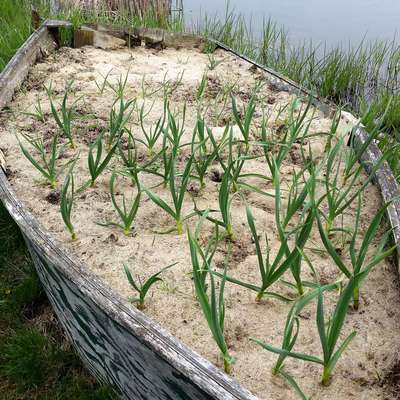
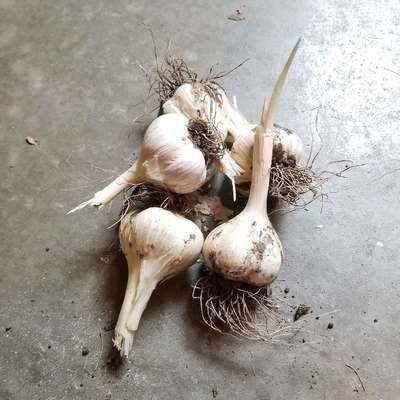

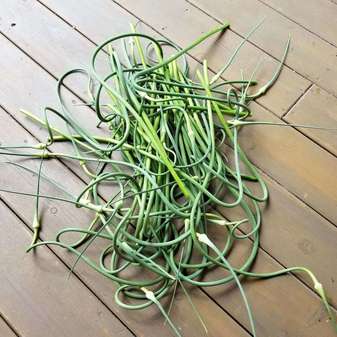


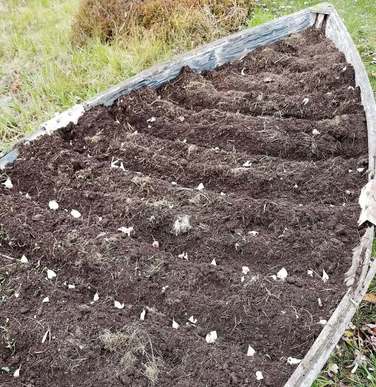
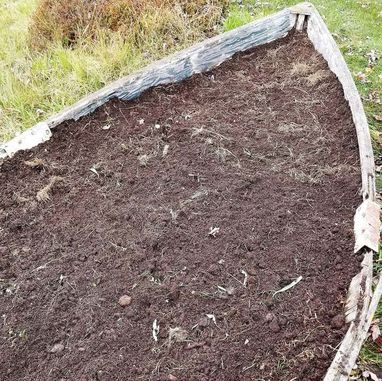

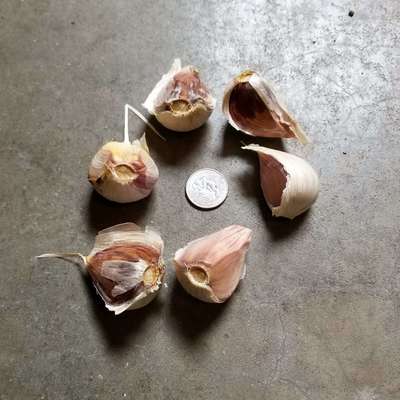

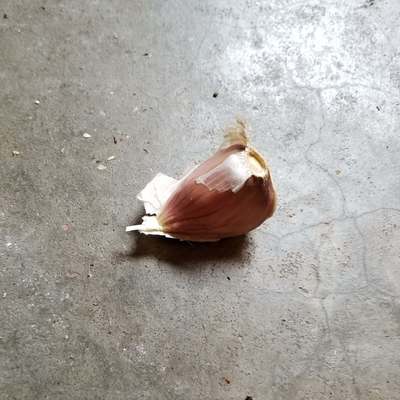
 RSS Feed
RSS Feed